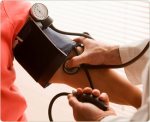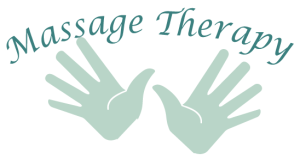August 11th-17th is National Health Center Week, which shows appreciation to more than 1200 health centers that provide care to vulnerable communities in the U.S.. Community Heath Centers, or CHCs, treat more than 21 millions patients annually, often times overcoming language, cultural, and financial barriers that would otherwise prevent struggling families and individuals from the receiving the health care they need. Community Health Centers have been using proactive and preventive care to reduce the nation’s health care costs, and have already cut $24 billion a year by preventing costly emergency room and general hospital visits. To find a CHC near you, or to learn more about the role of CHCs in our nation’s health care, visit nachc.org.
Welcome!
Project Community Health is a blog dedicated to highlighting the most relevant news and information related to healthcare. Here you'll find articles and commentary on People's Center Health Services, community events, health news, organizational tips, and trivial nonsense. Hope you'll participate in the discussion!Follow @PeoplesCenter on Twitter
Tweets by PeoplesCenter Project Community Health
Project Community Health- August 11th-17th is National Health Cent
- Summer seems to have finally kicked out
- Minority Health Month
- April is Sexually Transmitted Infection Awareness month
- February is Heart Health Month
- June is Home Safety Month
- May is High Blood Pressure Education Month
- March is National Nutrition Month
- February is American Heart Month
- Free Massage Therapy!

 Heart Health Month
Heart Health Month

 “High Blood Pressure (HBP) is a serious condition that can lead to coronary heart disease, heart failure, stroke, kidney failure, and other health problems.” -NHBI
“High Blood Pressure (HBP) is a serious condition that can lead to coronary heart disease, heart failure, stroke, kidney failure, and other health problems.” -NHBI




